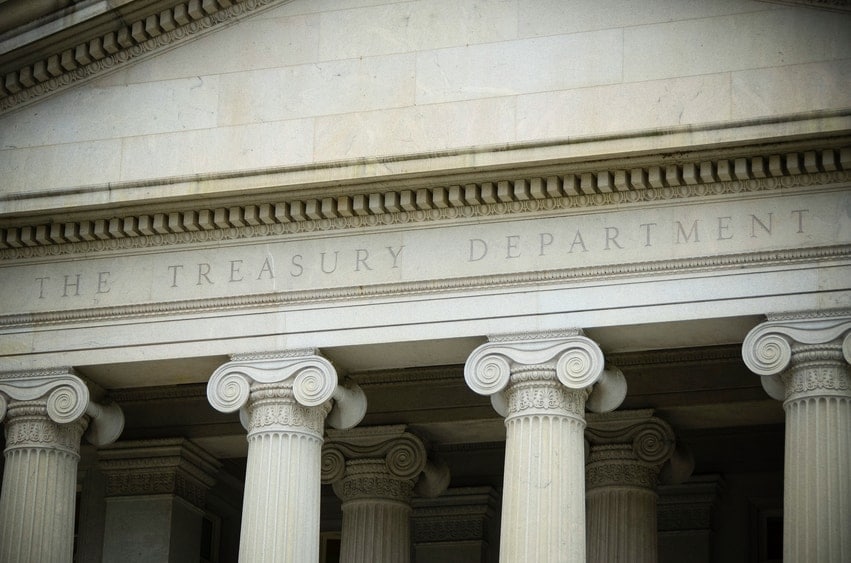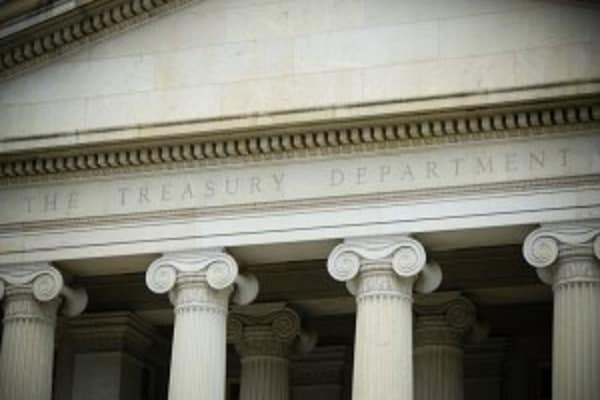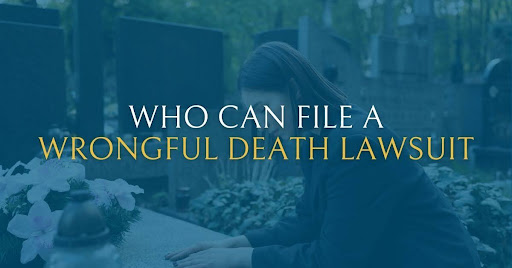
In recent years, our federal transfer tax laws have provided us with very significant jumps in the exemption levels for gift tax and estate tax purposes, but coupled with an expiration date – a so called “sunset” – that prompts a reversion back to much lower exemption amounts. These “use it or lose it” prospects have motivated many wealthy individuals to consider accelerating large wealth transfers to lower generations to take advantage of the elevated exemption levels before they vanish. However, there has remained a concern that the tax avoidance benefits obtained by making current use of the elevated exemption levels could be undone, ultimately, by the resulting tax treatment of future gifts and death-time bequests that occur after the sunset has brought back a much lower exemption environment. This concern became known as the “clawback” possibility.
In response to these concerns, Treasury and the IRS issued new proposed regulations in November under Reg. §20.2010-1. These new regulations are regarded as “anti-clawback” rules, as they endeavor to confirm that use of the available elevated exemptions, while they remain in place, will not later result in a full or partial recoupment, or clawback, of the corresponding tax savings, even if the future brings much lower exemption levels that become applicable to that same donor’s later gifts or estate.
The issuance of these new regulations is a welcome event. While the clawback possibility was generally regarded as unlikely, the prospect of that result was a hindrance to effective wealth transfer planning. The affirmative rejection of the clawback approach, as set forth in the new regulations and their preamble, now provides us with the comfort of certainty.
Before the proposed regulations become final, the IRS and Treasury Department will consider public comments submitted by February 21, 2019. Public hearing will be held on March 13, 2019. Thereafter, the agencies will determine whether to finalize the rule and establish its effective date. It is widely expected that there will be no reversal or major change in the substance of the existing proposed regulations as they move toward finalization.









